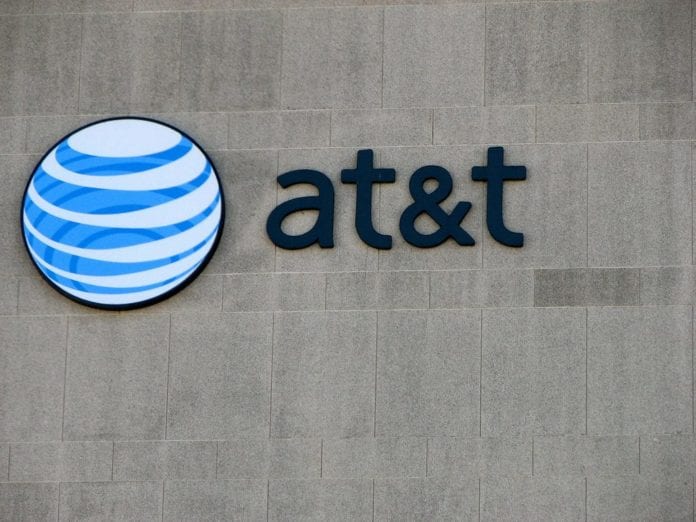AT&T says revenues impacted by fewer phone upgrades
AT&T saw its revenues slip year-over-year from $40.5 billion to $39.4 billion for the first quarter, with its lowest-ever rate of postpaid device upgrades. AT&T said it sold 1 million fewer phones than it did a year ago, even as bring-your-own-device arrangements with its customers remained “strong.”
The company reported 2.7 million net customer additions, with 2.1 million in the U.S. drive by prepaid and non-phone connected devices. AT&T also said that its unlimited plans “gained traction.” Another 633,000 subscribers were gained in AT&T’s Mexico business. Wireless postpaid churn was 1.12%, which AT&T said included “pressure from tablets”; for postpaid phones only, AT&T said that it had its best-ever churn rate of 0.9%.
“With the lower phone sales, we also had fewest postpaid tablet net adds in more than five years, adding about 100,000 new tablets,” AT&T CFO John Stephens told investors on the quarterly call. “We did add more than 2 million subscribers, as record connected device net adds and a solid prepaid quarter helped to offset tougher postpaid and reseller results. We also continue to grow our branded smartphone base, adding nearly half a million smartphones in the quarter.”
FirstNet deployment to enable simultaneous network upgrades
On its quarterly call, AT&T executives discussed:
The First Responders Network Authority contract win as part of their overall strategy. AT&T expects to have draft deployment plans in front of states by June, and to start seeing opt in/opt out choices into the fourth quarter. Stephens said that AT&T hopes to encourage states to opt in and “move as quickly as possible with the, if you will, encouragement that we are ready to go, and the first ones that opt in are going to get that first investment in their state, that build in their state, that job creation in their state. So we think that’s a good strategy.” AT&T also expects that the FirstNet deployment will enable it to do simultaneous deployment of equipment.
“We now have more than 60 megahertz of fallow spectrum that we’re ready to light up, and we’ll be deploying all the bands simultaneously starting this fall when states begin to opt in to the FirstNet,” said AT&T CEO Randall Stephenson. “The efficiencies we’ll gain from climbing the tower once to put up multiple bands of spectrum — those efficiencies are significant.”
In terms of capital expenditures, AT&T said that its expected figure remains around $22 billion, and that the FirstNet contract could put it at the “higher end” of that figure.
Its battle for Straight Path. A third party telecom company — fresh reports claim that it is Verizon — has thrown a wrench in AT&T’s planned acquisition of Straight Path for 5G spectrum with a $1.8 billion bid that bests AT&T’s offer of $1.6 billion. AT&T has four business days to come up with a new offer in response, and Stephenson told investors that “we’re going to be evaluating that over the next few days and decide how to respond.”
Its “5G Evolution” launch this week in Austin. AT&T is jumping on “5G” marketing with the turn up of higher network speeds in Austin, supported only on the new Samsung Galaxy S8 and S8+ devices. Stephenson called the speed rates “competitive to cable speeds” on the quarterly call. The company has indicated that customers on those devices, in select parts of Austin, will get double the speeds of AT&T’s regular LTE network. AT&T plans to boost network speeds similarly in Indianapolis over the summer, and in another 18 markets by the end of the year.
Although AT&T is marketing the higher speeds as its “5G Evolution,” the features by which they are achieving them appear to fall under advanced LTE. Stephens mentioned four-component-carrier carrier aggregation, which is supported on S8 devices, as well as multiple-input-multiple-output and 256 QAM in the context of the Austin project.
Stephenson said the configuration in Austin has “the potential for 500 or 600 meg[abits per second],” on a lightly loaded network. In contrast, the carrier expects a 2018-2019 timeframe for deploying millimeter-wave-based 5G, with scaling in 2020.
“Our goal is to put 1 gig speeds in our customers’ hands no matter where they are on our network,” Stephenson said.

